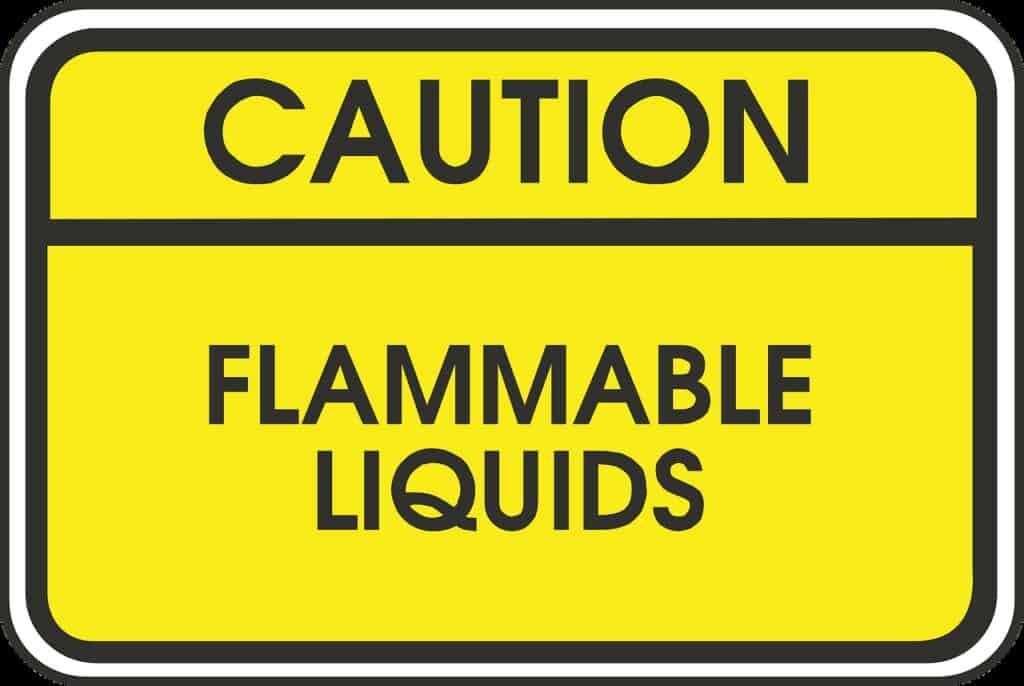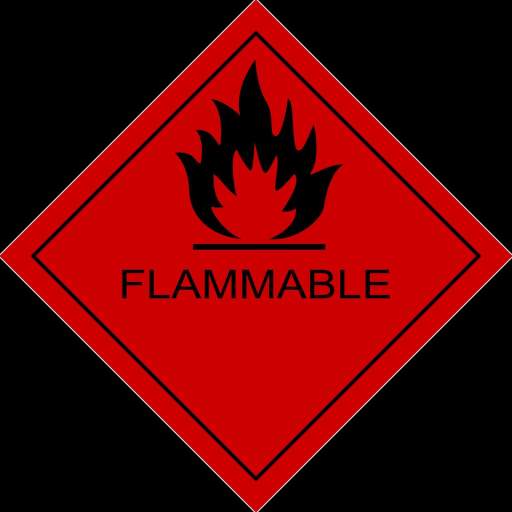Everybody in this world wants to live life happily till death.
They try their best to save themselves from all the dangers and calamities at every stage of life.
Here I would like to draw a picture for those who work in the construction industry nearby flammable liquids.
We know that there are several dangers in the industry so in order to save yourself from the dangers you need to follow standard safety practices.
Right now, I would like to highlight one that is how to save companies and their associates from the dangers of the fire that revolves around flammable liquids.
In the current scenario industries are expensing millions of dollars in order to pave a way to standardize and implement the rules of safety to save the workforce from fire dangers.
You can conduct Fire risk assessment only when you assess its potential effect.
As one of the most prominent dangers in this category is flammable liquids.
What are Flammable Liquids

The first and foremost factor which will decide whether the liquid is flammable or combustible is its flashpoint.
FlashPoint:
It is the least temperature needed when the liquid gives rise to ample amounts of vapor with adequate concentration to shape an ignitable mixture with air near the surface of the liquid
Flammable and Combustible Liquid Classifications
Flammable Liquid – You can define it as liquids which have flashpoints below 100o F (37.8o C).
It is also called Class I liquid and further subdivided into three classes Class IA, IB and IC.
Combustible Liquid – The liquids which have flashpoints at or above 100o F (37.8o C).
Combustible Liquids have Two More Classes
- First is Class II – It is described as liquids having flashpoints of 100 F (37.8 C) or above and under 140 F (60 C).
- Second is Class III – It is explained as liquids having flashpoints more than 140 F (60 C).
Class III liquids are further subdivided into two subclasses:
- Third is Class IIIA – It is explained as the liquids having flashpoints of 140 F (60 C) and above and below 200 F (93.3 C), except that mixture which have components with flashpoints of 200 F (93.3 C)
- Fourth is Class IIIB – The liquids which have flashpoints at or above 200 F (93.3 C).
Glance on Some of the Flammable Liquids
- N-Butanol
- Glycol Ether
- Isopropyl Alcohol
- Methanol
- Xylene
- Toluene
- Gasoline
Explosive Limits
- Liquid or chemical explosive limits depend on the concentration of the given chemical in the air.
- This is a proved saying that an air and vapor composite lower than the flammable limit is very lean to explode and a mix having composite higher the upper flammable limits is too rich to burn.
- There are many flammable liquids which are volatile.
- They can evaporate quickly, and can reach a concentration in air that could lead to an explosion.
- Controlling the potential of fire and explosion of flammable liquids is a daunting task.
- You can do it, by safely storing it with a proper transfer and disposal procedure.
Hazards to Flammable Liquids
- Emanating flames, static electricity and sparks from electrical circuits.
- High Temperature can be a subject of burning.
- Poor Ventilation.
- Poor Grounding, Bonding and Earthing.
- Spill Control and Emergency Response.
- Poor disposal of spent flammable liquids and soaked rags.
Exposure Control Measures Include:
- Do Proper Grounding:
You need to attach a grounding wire to the container in order to save the workforce from the hazards of static electricity and static charge.
- Make Proper Bonding:
Use of a wire between two static objects or any nearby fixed and grounded equipment in order to eliminate the static charge and potential difference between them.
- Provide Proper Ventilation:
Proper ventilation in order to avoid the build-up of vapor and air composition in concentrations over ¼ of the Lower Explosive Limit.
- Put Appropriate Safety Can:
A standard and approved red container, of capacity not more than 5 gallons with a self-closing lid and spout cover has to be placed on the container in order to release the internal pressure when it is subjected to fire exposure because it can escalate the temperature.
- Oily Waste Can:
A self-closing metal container used to store oil-soaked rags.
Container & Portable Tank Storage
Design, Construction and Capacity of Containers
The containers which you are going to use must be as per the industry standard.
Hence you need to incorporate all the standards specs to avoid any incidents and accidents.
We need to store 60 gallons of Class I and/or Class II liquids in an individual cabinet.
You must not store more than that in a separate individual cabinet.
Standard practice is you need to store 120 gallons of Class III liquids
Safe Storage Practices
- Don’t allow Hot work activity near the storage area
- You must prohibit it where you are going to store flammable liquids in order to avoid fire.
- Hence, store it in a cool shaded area away from the direct sunlight.
- You need to store the liquids in well ventilated areas.
- Ground Big drums of flammable liquids to avoid imminent dangers.
- Place a fire extinguisher with proper specification in the area in order to avoid fire as per standard safety practice.
Storage Inside Building
- Place the drums in such an order not to block access and emergency exits and keep clear the access and egress at all times.
- You should not store the liquids in the office premises in order to avoid fire. and if you are storing it, store as per the international standards and the country standards.
- Remove the leaked containers from the area and place it in a safe area.
Incidental Storage (Small quantities)
To avoid incidents and accidents storage of the liquids outside must not exceed:
- Store a maximum of 25 Gallons of Class IA in the containers.
- You need to store a maximum of 120 Gallons of Class IB, IC or Class II liquids in the containers.
Transferring of Flammable Liquids

- Place the cover and close the containers of Flammable liquids tightly when not in use.
- Strictly prohibit Hot work and smoking in order to avoid fire where you are transferring flammable liquids.
- Prohibit Air transfer method of liquid in the areas instead of it use gravity method through the self-closing valve.
- You need to bond and ground the containers which you are using for dispensing flammable liquids in order to avoid fire due to static electricity.
- Dispense flammable liquids into approved safety cans in order to avoid any altercation.
Use and Disposal of Flammable Liquids
- Prohibit all types of hot work in the area, and install warning signs in the area as a precautionary measure.
- Label and provide seals to the containers and drums which are not in use.
- You must avoid Spills and if there are any accidental spills you must clean the area as per the standard procedure.
- Provide proper ventilation as per the specification of the area and maintain it.
- You shouldn’t mix Flammable liquids because they can decrease their composite or combined flashpoint.
- Dispose of the Cloths and Rags which you are using on the flammable liquids in self-closing waste can and should be away from the hot work area.
Ans: -Flammable materials and liquids must be stored in accordance with the OSHA standard in a cool place away from direct heat and sunlight moreover all hot work activity must be prohibited near the area.
Ans: -Clothes made from Acrylic, Polyester and Nylon must be strictly prohibited while handling flammable liquids.
The Bottom Line
We have already seen in the above paragraphs, that how much flammable liquids can be hazardous to life and health of man and animals.
Hence you need to store in a proper manner and as per the standards protocols of safety.
HAZMAT and HAZCOM rules, hence one needs to follow in order to save us from the potential dangers of it.
Several weeks back we shared the safety protocols of Benzene, hence in the same manner so the main message is that wherever you work to follow the standards code of safety without any breach.